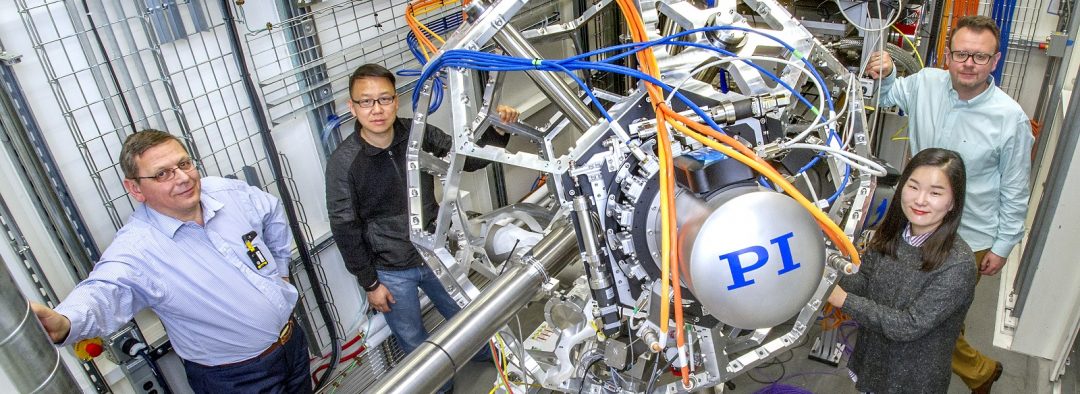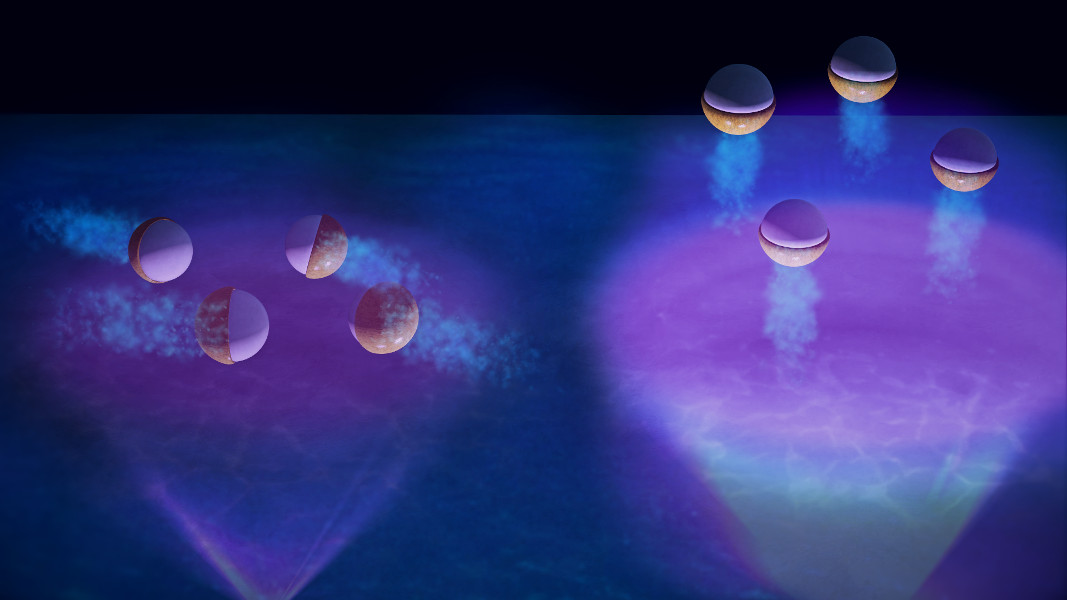Architesh Panda explores how the usage of the concept of ‘transformational adaptation’ (TA) in the context of agriculture has increased in recent years.

Good as Cold: Energy from Cold Solar Vapor Technology
A near perfect energy conversion efficiency can be achieved in a solar vapor generation process.
The Ethics of Climate Induced Displacement and Relocation
How can we avoid ethical blind spots in our efforts to help displaced communities rebuild their lives?

Robust Measurement of Hydrological Properties under a Changing Climate
Information about, and analysis of, how hydrological systems might respond to climate change is important for supporting best practice water planning decisions.

Happy Birthday Tongji University
Guest-edited by Yunhui Huang, the special issue “110th Anniversary of Tongji University” in Advanced Materials celebrates the long tradition of Tongji University and some of its top materials scientists.
![3D Microflower Cathode Promotes Oxygen Diffusion in Lithium–Oxygen Batteries [Video]](https://www.advancedsciencenews.com/wp-content/uploads/2018/04/aenm201800089_ASN_image.png)
3D Microflower Cathode Promotes Oxygen Diffusion in Lithium–Oxygen Batteries [Video]
Dr. Mingsen Zheng, Prof. Quanfeng Dong, and co-workers from Xiamen University design a plant-inspired, high-performance cobalt sulfide–porous carbon foil (PCF) electrode for lithium–air (Li–O2) batteries.

Energy Made from Carbon Dioxide
Scientists show that single nickel atoms are an efficient, cost-effective catalyst for converting carbon dioxide into useful chemicals.

New Energy Efficient Plasma Process to Generate Syngas
A team of Korean researchers established an energy efficient dry reforming process using a rotating arc plasma to produce synthesis gas.

Catching Fresh Water
Scientists discover a way to harvest fresh water from air, also in arid regions.

Photogravitactic Microswimmers
Artificial photochemically-active microswimmers, with 2D or 3D swimming behavior, can also swim against gravity.










